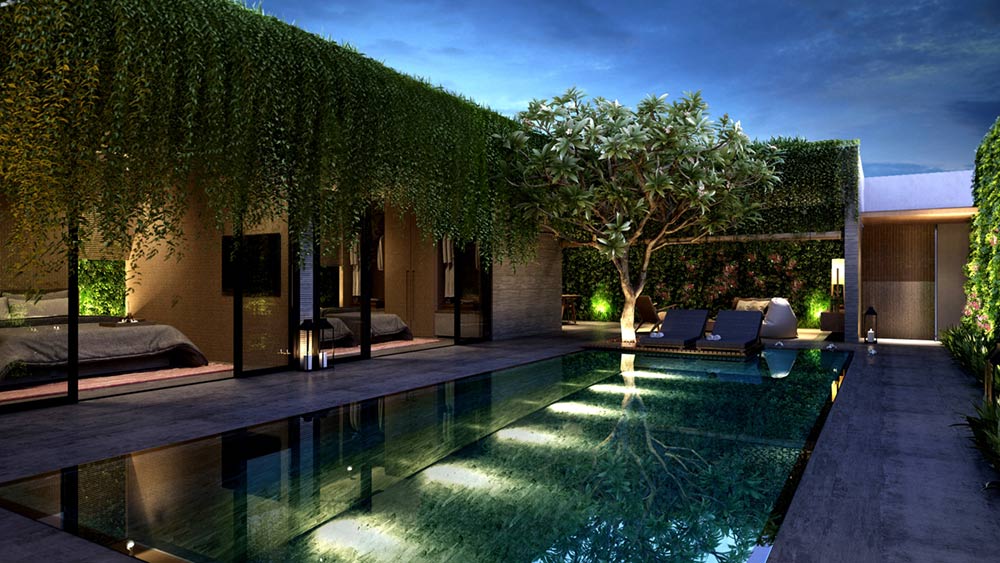When doing an outdoor lighting project, there are so many options to choose from. Among all available lights, the most energy efficient are easily the ones with LED technology. Once you know LED is the way to go, you have to know what beam you need, how wide of a beam is necessary, and how to calculate the beam spread you’ll need. Let’s take a look at a few of the key differences between an outdoor LED flood light and the LED spotlight.
Beam Differences
Spotlight – an LED spotlight will project a light beam that fairs on the more narrow side, at 45 degrees or less. This sort of beam spread is concentrated in a more specific area, and can be simpler to direct.
Flood Light – LED bulbs in this category create a large beam spread that can cast from 50 to 120 degrees of light. As this is a larger beam, this light covers a significantly large amount of space without compromising energy efficiency (wattage) or light brightness (lumens) in comparison to the spotlight.
Which to Choose?
LED spotlights can be seen when looking to highlight specific points or details, such as artwork in a museum, features in landscaping, or items for display.
If your project requires illuminating large spaces that need a wide and even distribution of light, the outdoor LED flood light is the one you want to go with. These lights are used in settings such as parking lots, warehouses, other commercial spaces, and driveways to name a few.
Measuring the Coverage Area
While having a general idea of what setting a spotlight or floodlight can be used in is helpful, being able to measure in feet how much coverage you’ll have per light can make your lighting project run even more smoothly. Keep this formula handy for when you need to do just that:
Distance from Bulb x Beam Angle x 0.018 = Beam Width in Feet
For example, if you want to cover 20 feet of area using a 90 degree floodlight:
20 x 90 x 0.018 = 32.4 feet
With your knowledge of how an outdoor LED flood light differs from an LED spotlight, and with this formula in hand, you’re now more than ready to take on that next lighting project.


from the formula that has been explained, where is the number 0.018 obtained?
is it a constant?
Thanks
Yes! The 0.018 is a constant.
Great Write up. Thanks for the information.
The floodlights on the market are roughly divided into RGB flood lights, dusk to dawn led security flood lights, led floodlights with motion sensor, LED work lights and conventional led floodlights. Good LED Flood light, you have to look at the lumens, waterproof rating, heat dissipation, translucency of glass, if you need to install the led light you need to see if it bracket is strong (width, thickness, etc.), when buying LED lights Also need to look at the warranty time, olafus led light is a 5-year warranty, high quality assurance.
We’ve moved into a 30 year old house with 2 – 65 watt sylvania flood lights as the only light fixtures in a basement room. Is it possible to safely use led bulbs in these fixtures? The room has very textured ceiling tiles and is quite dark. The room will be used for storage so I’d like as much light as possible. Would rather try daytime less if possible. And safe. Any info would be appreciated. Thank you
Very nice Blog. In this blog you perfectly differentiate between Spot Light and flood lights. I really Appreciate this content. I want to inform you that i also written a blog to support your content, kindly also visit that and suggest me for more updates.
If I wanted to illuminate 4, 30 foot high and higher trees in my front yard, large maple trees, should I use a flood or a spot? These trees are very tall and wide. Which light do you think will illuminate them the best?